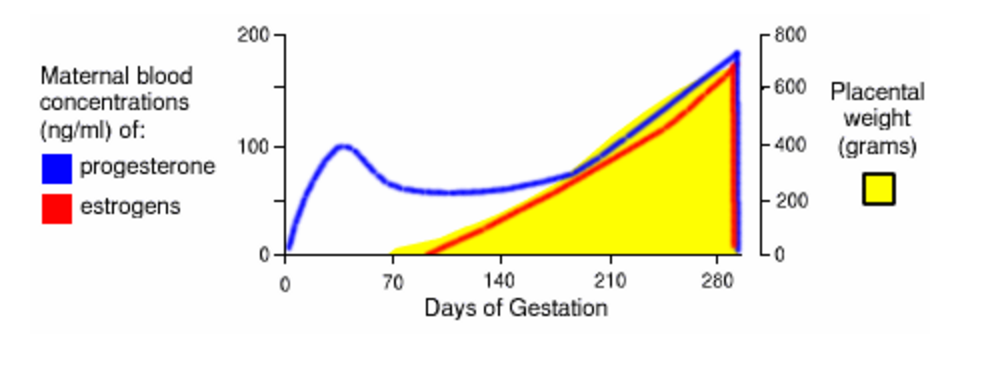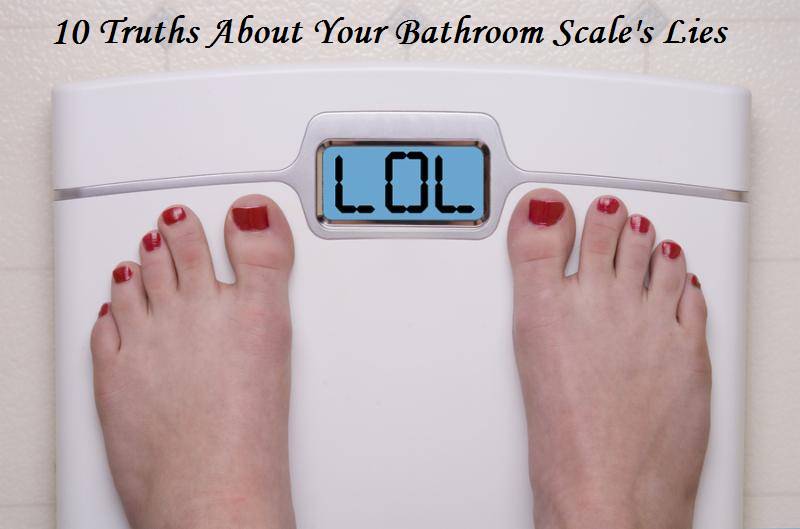This is a guest blog article from our friend Dr. Anna Cabeca, MD, OB/GYN. Learn more about Anna and her resources at the close of the article.
HORMONES IN BALANCE ARE GOOD, HORMONE IMBALANCE IS BAD.
What do I mean by that? In healthy menstruating females, hormones cycle on a monthly basis. Our first day of our period is cycle day one, progesterone and estrogen is at their lowest; this is the follicular phase. At around cycle day 12 - 14, ovulation occurs and our progesterone levels increase awaiting a pregnancy, this is the luteal phase of the menstrual cycle, if pregnancy does not occur, progesterone drops and our period occurs again.
Commonly, in our thirties, our progesterone levels start to drop, more than our estrogen levels, creating something called estrogen dominance. This gives us irregular menstrual cycles, possibly heavier bleeding, increased pain with the menses and PMS symptoms such as breast tenderness, irritability, bloating, etc.
We may also begin to lose our sex drive and vaginal lubrication. Our skin may become itchy, noticeably more wrinkled - sometimes this seems to appear overnight - welcome to hormone imbalance!
What can you do about hormone imbalances?
The answer is not just one thing. I always recommend a balanced head to toe approach. My head to toe approach encourages every woman to take control of her health! So, where should the focus be for women at this time?
Focus on the spiritual: What is the mental atmosphere that you find yourself in and what can you do to gain some perceived control of it?
Environment: What are your personal and work environments; and what could be interfering with your ability to achieve happiness? How much nature are you experiencing? Are you getting enough sunlight? When was the last time you walked outside barefoot?
Nutrition: Your body is your temple and what should you be ingesting to nurture it? Is the food you are eating promoting ketosis or fat-burning? Is it alkalinizing? These two principles are key.
Digestion: No matter how well you eat, you have to ensure that you have appropriate digestion - that means adequate acid and digestive enzymes in your stomach and healthy bacterial flora in your intestines to absorb the nutrients. A surprising number of women have poor digestion.
Detoxification: Since the 1950's, corporations have introduced greater than 500,000 chemicals into our environment. Additionally, no matter how we get our hormones, whether it is from what our body naturally produces or from the xeno-estrogens from the environment from pesticides, herbicides, food we eat, air we breathe, etc.; how our body gets rid of it is even more important. All my patients are introduced to my nutrient and protein base detoxification program that includes a modified elimination diet to remove foods, etc., that are likely to produce allergies.
Hormonal balancing: We need to consider the hypothalamic, pituitary, adrenal, and gonadal axis, i.e. the entire hormone web. Additionally, each woman is hormonally unique and part of achieving your optimal health is in understanding this and achieving your own hormonal balance.
Structure and function: Physical strength and exercise are the final and very important aspects to achieving optimal health.
So, when I approach a woman who has symptoms of hormone imbalance, and this is my area of expertise for the last 20 years, we need to incorporate all of the above aspects into a balanced treatment program. For hormone balancing, I consider the major hormones such as adrenaline, cortisol and thyroid, and the hormones estrogen, progesterone, testosterone, and DHEA.
Based on a given individual, I may recommend bio-identical hormone therapy for things such as for treating hot flashes, helping with bones, brain, and heart, improving our sex lives, skin, and energy, and for maintaining our optimal body weight.
My approach has always been to prescribe the lowest doses in the most balanced fashion, based on a given woman’s specific medical history and symptoms, along with test results such as saliva and serum hormone testing. Adding hormones may help, but there are a couple key physiologic lifestyle tips that we must incorporate for optimum success and optimum menopausal experience.
Let me give an example:
Zoe is 43 years old and her periods had gradually becoming more frequent; she complained of more irritability prior to her periods and absolutely no sex drive. And even worse than this – she just felt out of sync. She said that she used to organize all 4 children’s schedules and keep her bills organized, and she volunteered a lot at the school; yet she suddenly felt that she couldn’t even organize her car pool. She had 'lost her edge'.
I took an extensive history, covering all 7 topics above, and did serum, saliva and urinary testing to evaluate hormones and detoxification. She was definitely progesterone deficient, estrogen dominant and also was fatty acid deficient, i.e. she needed more healthy fats, especially omega 3's in her diet. I prescribed a bio-identical progesterone cream and a testosterone cream and in 3 weeks she returned stating she was "feeling better than she had in years!" She had "gotten her edge back". She was also sleeping better, her sex drive returned and her focus and stamina returned. I had also recommended a balanced quality multivitamin, omega 3's, calcium, and a few other nutrients based on nutrient testing such as Co Q 10, Alpha lipoic acid, and carnitine to improve her energy and weight as well.
Her periods became regular, in fact, she stated she couldn't even tell when her periods were coming - the PMS was entirely gone and her relationship with her husband became more satisfying and intimate again.








































